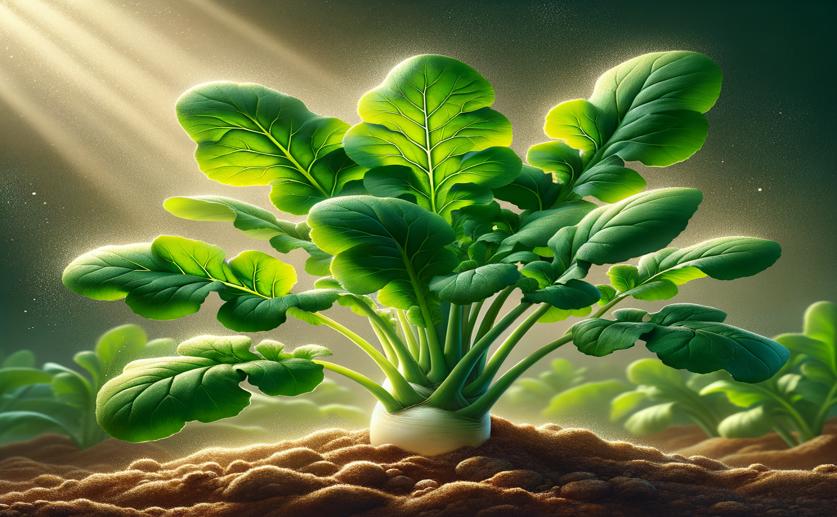
Protein RsOBP2a Prevents Chlorophyll Breakdown in Green Radish
Jenn Hoskins
27th July, 2024

Image Source: Natural Science News, 2024
Key Findings
- The study by the Zhejiang Academy of Agricultural Sciences focused on understanding chlorophyll metabolism in green radish
- Researchers identified six OBP genes in the radish genome, with RsOBP2a showing higher expression in green flesh compared to white flesh
- Overexpression of RsOBP2a increased chlorophyll levels, while silencing it accelerated leaf aging, indicating its role in maintaining chlorophyll and delaying senescence
References
Main Study
1) RsOBP2a, a member of OBF BINDING PROTEIN transcription factors, inhibits two chlorophyll degradation genes in green radish.
Published 24th July, 2024
https://doi.org/10.1016/j.ijbiomac.2024.134139
Related Studies
2) RsGLK2.1-RsNF-YA9a module positively regulates the chlorophyll biosynthesis by activating RsHEMA2 in green taproot of radish.



 25th July, 2024 | Jim Crocker
25th July, 2024 | Jim Crocker